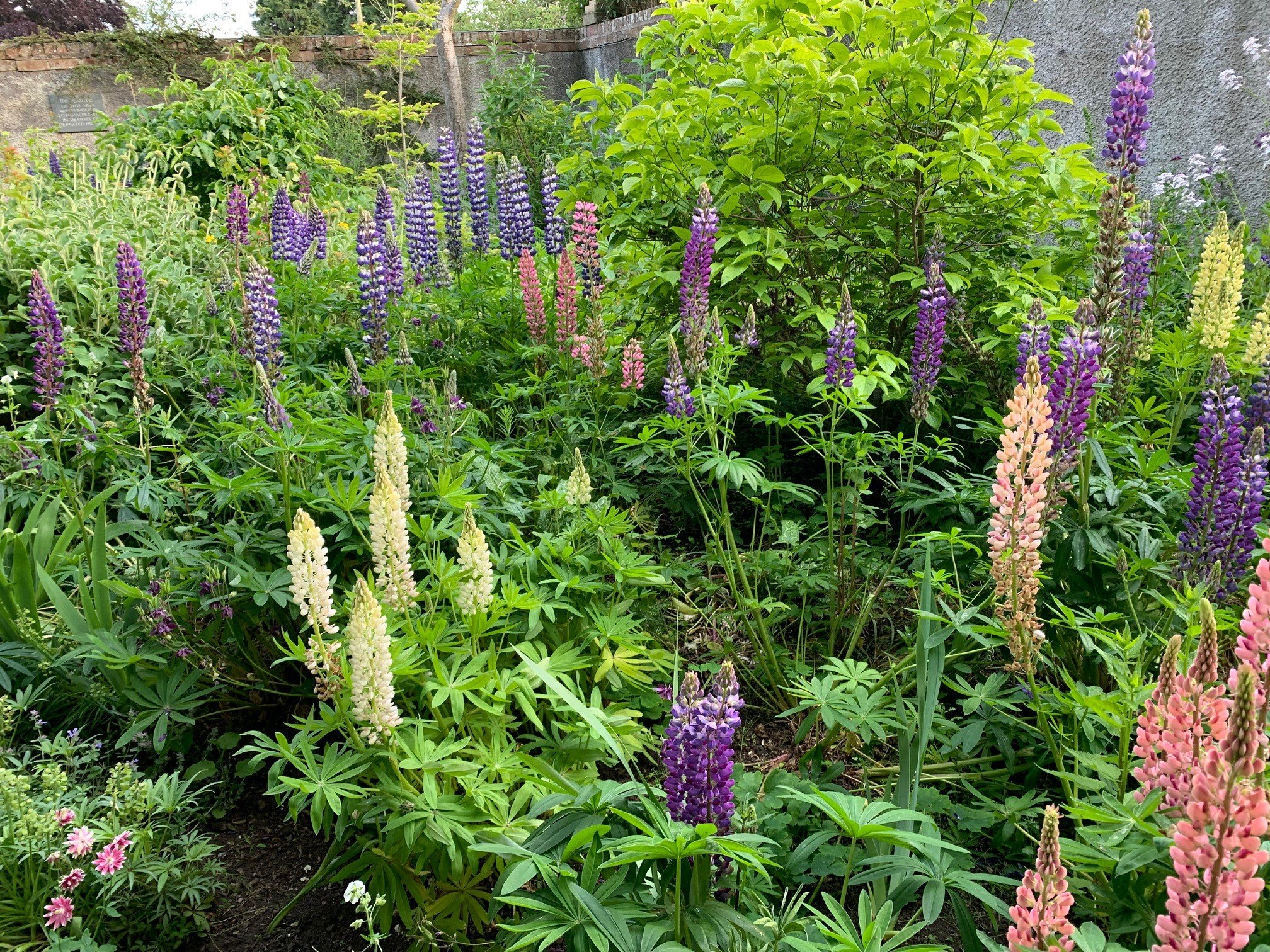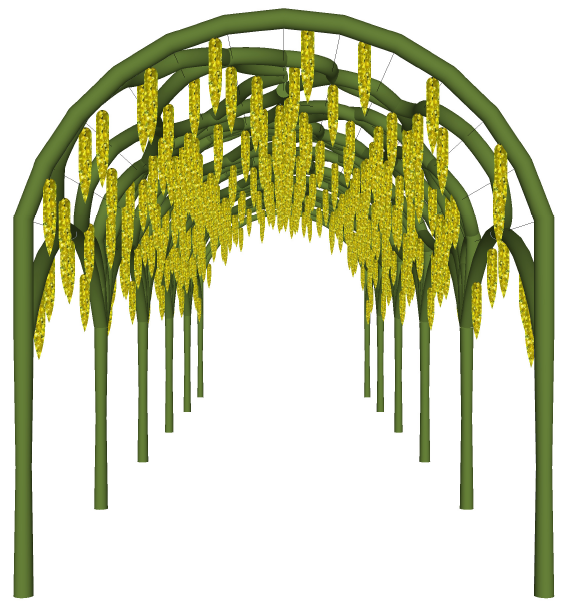
Biodiversity
St Mary’s Pleasance was designed as a garden of the 17th century. The trees, shrubs and flowering plants are as true to the period as is possible. As a consequence many are species found in the wild and their attraction to insects is much greater than modern day varieties. For a small garden in an urban setting it has a very good diversity of habitats for nature.
The garden attracts a wide variety of fauna. Hedgehog, field mouse, grey squirrel, bats, toads and many species of birds have been recorded.
Bird and bat boxes have been added to the garden. The meadow and the cottage garden attract bees, wasps, butterflies, beetles and other insects. Surveys of ladybirds and moths take place at various times with encouraging results.
In the autumn not all the windfall apples are collected. Those that remain are for winter visiting birds.



There are several old fruit trees which, while safe, have been left as habitats for insects and fungi.
A number of native trees have been established in the garden. These would have been found in 17th century gardens for their particular ornamental value. The diversity they provide is an added bonus.
All organic material removed from the garden is either composted on site for mulch or taken away and converted into compost by the council.
The orchard has been planted with bulbs and native wild flowers which attract insects from the first flowering of the snowdrops through to summer meadow herbs.

